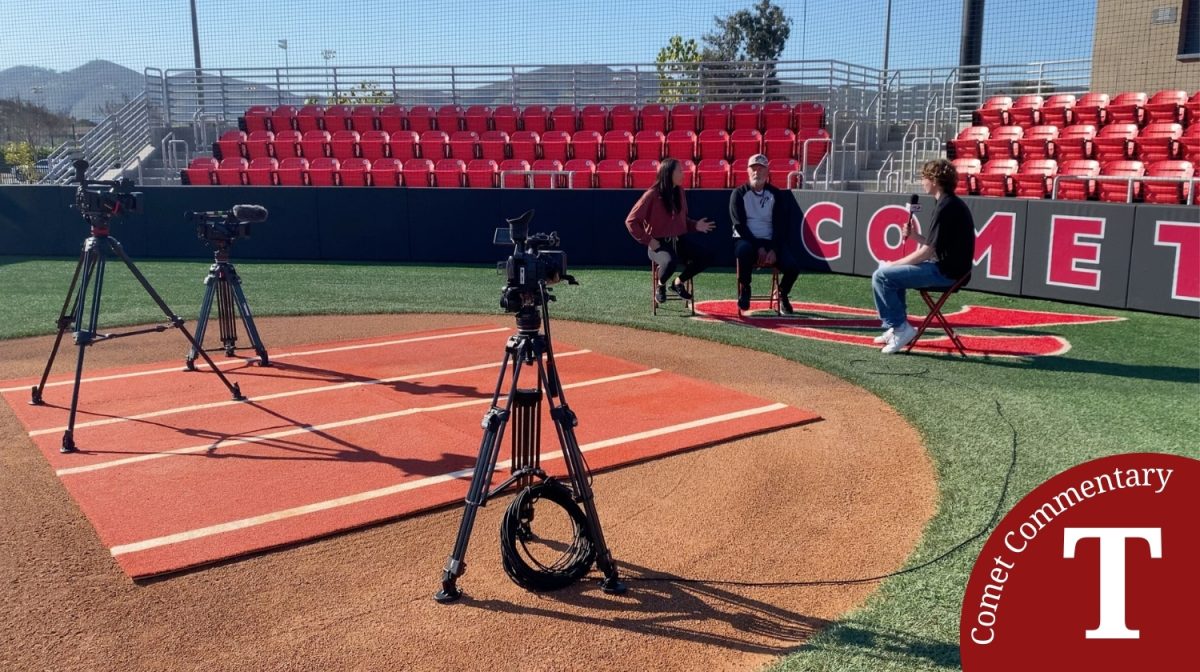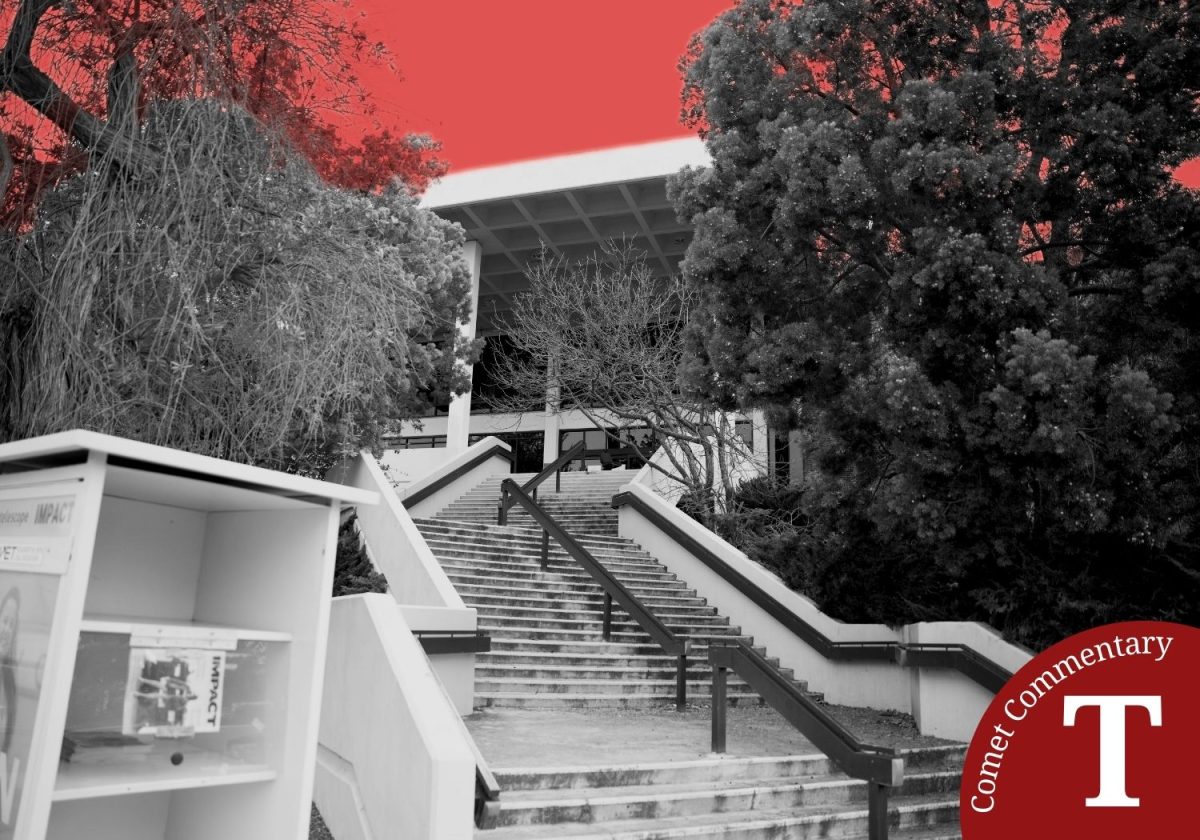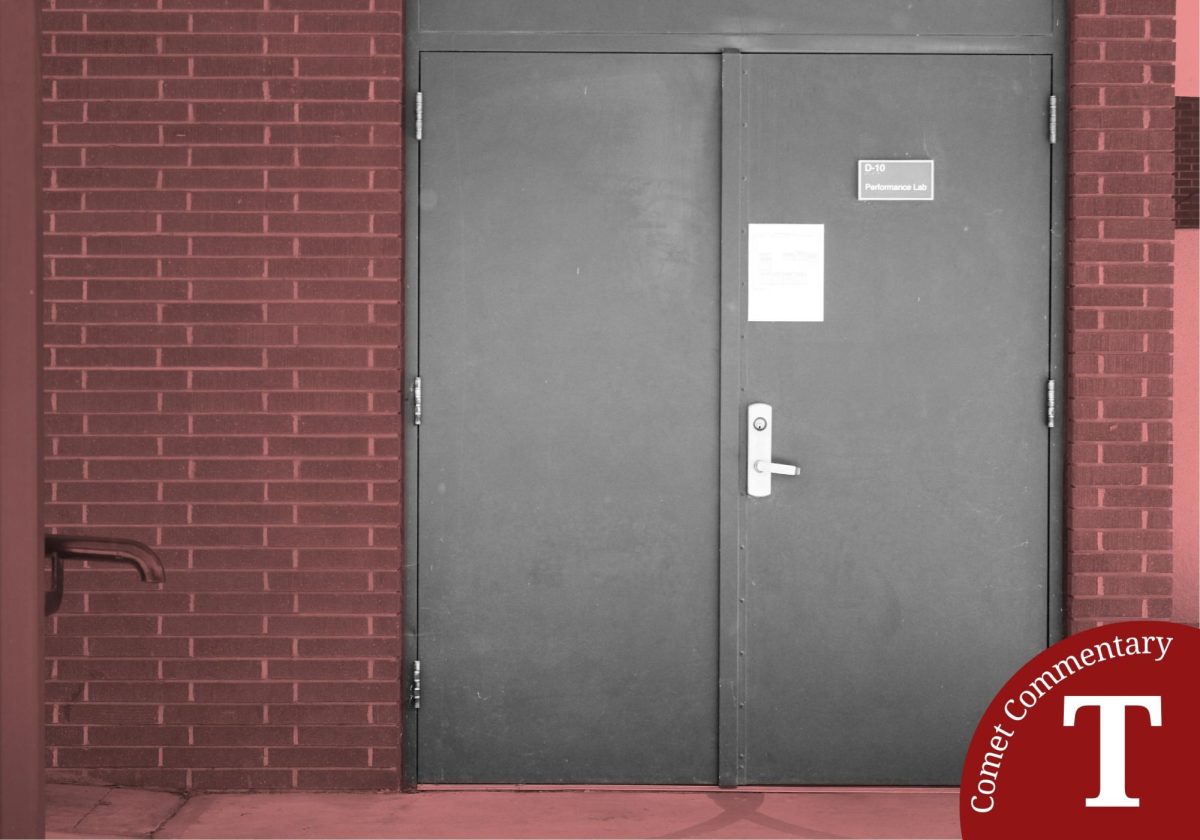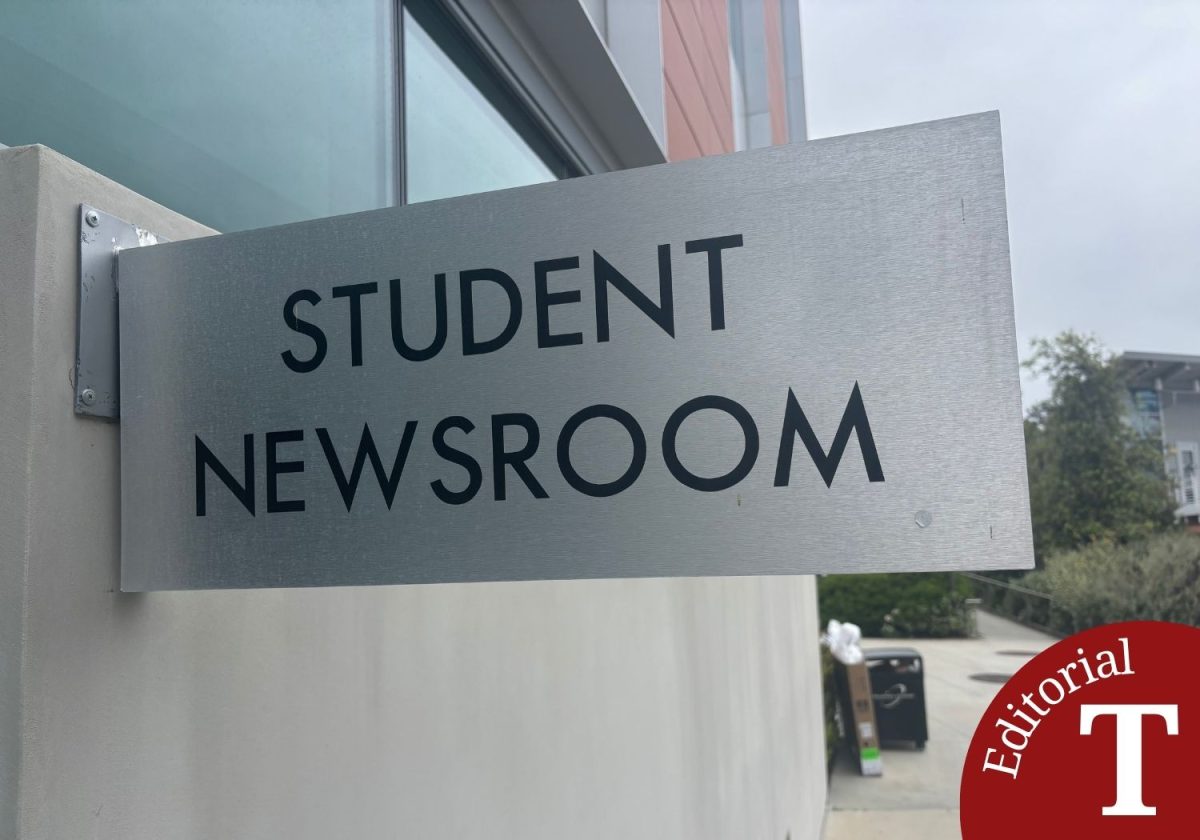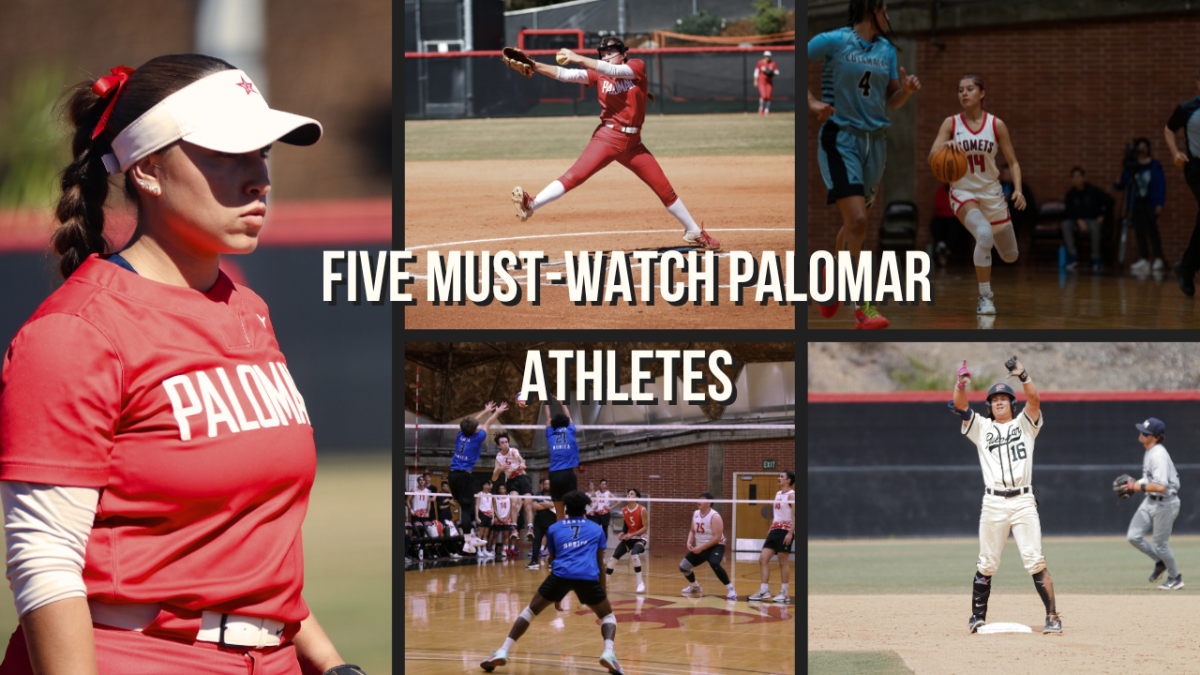The world of mass media thrives off of collaboration and the use of multiple outlets to disperse information. Radio, TV, online news, and social media are all tools that foster this teamwork.
At Palomar College, media studies is far from collaborative and connected. Instead, each niche in the media studies branch is separate and alienated from each other.
Each department is in its own world and separate from the other media studies classes. This presents a major barrier to the success of students pursuing a career in the media.
The lack of crossover and teamwork between Palomar radio, TV, and the newspaper robs students of the best opportunity for diverse education and experience in the media space.
To truly engage in the media studies program on campus, students should be connected and interact. The professors and department as a whole are responsible for where and how this connection starts.
The modern age of media is diverse. Each platform targets a different audience, but at the core is doing the same thing — spreading information and entertainment to the public.
Each branch of media studies gives students a special skill set. Radio gives students the ability to discuss news, sports, pop culture, and many other topics with the listener. Radio requires you to effectively paint a picture in the listener’s head since there is no visual guide to go with it.
I am someone who is interested in all facets of the media. Not only writing but doing radio, podcasting, and TV. When I went looking for ways to get involved in each of those areas, I found it difficult to get connected. I had to find a way to get involved in these programs without the assistance of professors or fellow students in media studies.
There are a large number of students enrolled in each program, and I believe that most of these students have an interest in each area. There are people here at The Telescope who are interested in doing radio and TV, and the same goes for the other departments.
Palomar Media Studies needs to prioritize the education of the students by better connecting each arm of media studies. Events being covered by the newspaper should have the assistance of radio and TV to better reach the community.
Students involved in the newsroom that may want to become a TV reporter in the future should have an easier path to do such things while at Palomar. Each area of Media Studies targets a different group of people through the facet in which they create content and distribute news. The best way to maximize skills and potential is to have all of the media studies working collaboratively.
Projects that one program is doing should be collaborative between each niche to create better and more diverse content that gives students the skills they need in the future.
Students shouldn’t have to do all the work on their own to get in contact with radio, TV, or the newspaper. It starts with communication and involvement from the instructors running these courses.

